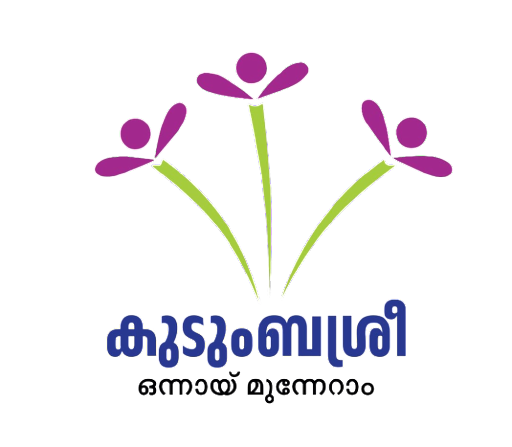NRLM has set up dedicated sensitive support units at the National, State, district and sub-district levels, to catalyze social mobilization, build institutions, capacities and skills, facilitate financial inclusion and access to financial services, support livelihoods and to promote convergence and partnerships with various programmes and stakeholders. These units would be staffed with professionally competent and dedicated human resources.

At the national level, Ministry of Rural Development (MoRD) is required to provide technical and professional support to the states to establish the Mission societies, implementation architecture and systems and guide them in the implementation and monitor their progress.Forthis, NRLM Empowered Committee (EC) has been set up whichreviews and approves the Implementation Plans and Annual Action Plans and release the funds to SRLMs.The Joint Secretary/Additional Secretary, Rural Livelihoods (RL), MoRD leads NRLM as Mission Director and Chief Executive officer (CEO) of National Rural Livelihoods Promotion Society (NRLPS) with the Union Minister In-charge of the Ministry/Department dealing with the Society shall be the ex-officio President of the Society. NRLPS comprisesof multidisciplinary team of professionals from open market on contract, and requisite support staff to provide wide ranging professional and technical support to the National Rural Livelihoods Mission and the State Rural Livelihoods Missions in the implementation of their Mission Objectives.
At the state level, the State Rural Livelihoods Mission (SRLM) constituted by State Government, would oversee the implementation of all NRLM related activities in the state. An autonomous body under the State Government, SRLM would be incorporated as a society, trust or company. State Mission Management Unit (SMMU) would implement the NRLM activities in the state through an SMMU, at the state level, headed by a full-time State Mission Director (SMD). A multidisciplinary SMMU team would comprising of experts in Social Inclusion, Financial Inclusion, Livelihoods, Programme Management, Programme Support etc., would support the SMD in implementing NRLM in the state.
District Mission Management Unit (DMMU): The DMMU of the SRLM would be responsible for meeting NRLM objectives and implementing NRLM activities in the district. DMMU, linked suitably with DRDA, would be a facilitating and support unit for field structures. A multidisciplinary DMMU, led by District Mission Manager (DMM), hired from open market on contract or on deputation from Government, includes functional specialists in Social Inclusion, Financial Inclusion, Livelihoods, Capacity Building, Programme Management, Programme Support etc., and support staff, as required. These specialists and staff would be hired in a phased manner, as required, on contract or on deputation.
Support Structures at Sub-district level: The Sub-district level Support Structure is either -
- a Block Mission Management Unit (BMMU) led by a Block Mission Manager (BMM) and consisting of 3-5 spearhead teams; or
- a Project Facilitation Team at cluster (sub-block) level
Implementation
N.R.L.M is a highly process oriented programme and requires intensive application of resources, both financial and human, in order to mobilize the poor into functionally effective institutions, promote their financial inclusion and diversify and strengthen their livelihoods. It is, therefore, not feasible to roll out the programme in full scale across the country in one go, and therefore, it has been decided to phase the implementation of the programme over period of 10 years. The indicative phasing is as under:-

The blocks and districts in which all components of N.R.L.M are implemented are treated as ‘intensive’ blocks and districts, whereas the remaining as ‘non-intensive’ blocks and districts.
Implementation at Block Level
NRLM intends to work in a block for a period of ten years till community federations take responsibility of implementation. A typical block having about 13,500 (90% of total poor) mobilize-able poor households spread over 100-120 villages is divided into 4 clusters of 30 villages each. In a typical intensive block, the first 3 years are spent in building the organisations of the poor by mobilising them into SHGs, Federations at Village, Cluster level and Block level. Funds flow to the community institutions over the first 4-5 years. The middle years, years 3-6, are invested in deepening the activities and addition of various layers such as health, nutrition, interventions for Persons with Disability (PwD), etc. Last 4 years is essentially a maintenance and withdrawal phase where the community institutions graduate to self-reliance and self-sustainability.
Implementation in the blocks is being done in four ways –
- Resource Blocks with the support from National Resource Organization(s) (NRO) [5-6% blocks in a state];
- Intensive Blocks implemented with SRLM staff and internal community resource persons and the CRPs generated in resource blocks;
- Partnership Blocks with the support from local community federations and NGO partners; and
- Non-intensive Blocks are the remaining blocks in the state which are not taken up for implementation in the initial phase.
















